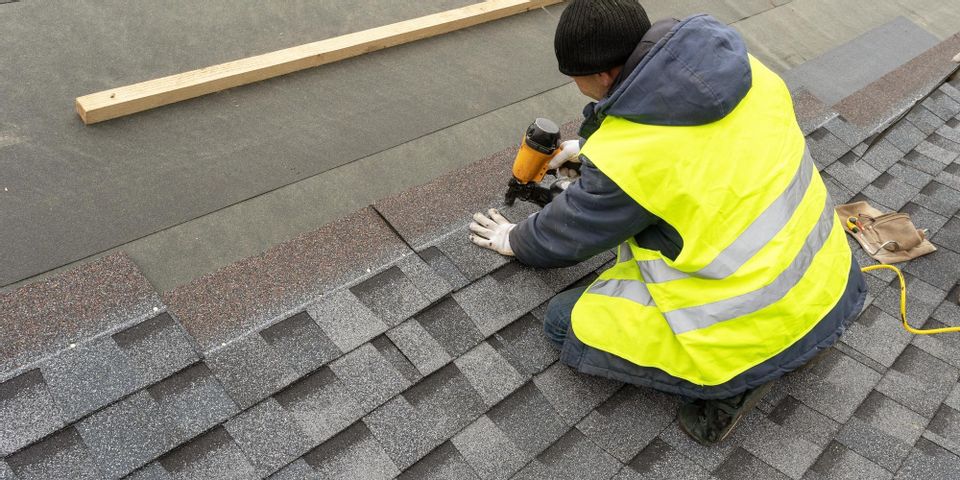
Spot repairs to fix leaks and replace missing shingles can keep a roof functioning for years or decades. However, eventually, you will need a new roof. The installation process usually requires ripping out your old shingles first, which means that you’d have to temporarily move out of your house while the project was ongoing. As such, some homeowners opt for re-roofing instead. Below is a guide to this process.
How Does Re-Roofing Work?
 During this process, your roofer will not build a new roof structure or lay down a foundation as they would after a standard tear-off. Instead, they'll apply new tiles, shingles, or other roofing materials directly on top of the existing ones. The new roof rests on the old one and provides waterproofing and aesthetic properties, while the old roof supplies the structure.
During this process, your roofer will not build a new roof structure or lay down a foundation as they would after a standard tear-off. Instead, they'll apply new tiles, shingles, or other roofing materials directly on top of the existing ones. The new roof rests on the old one and provides waterproofing and aesthetic properties, while the old roof supplies the structure.
What Are the Pros & Cons of Re-Roofing?
Adding a new roof on top of your existing one is the fastest and most convenient way to solve problems with old and leaky shingles. It does add more weight to the structure, so your roofer will need to check whether the existing beams can support it. It can also make it more difficult to inspect and repair underlying roof elements, such as the sheathing. However, if your roof is structurally sound and only the top layer needs to be replaced, this is the simplest and most cost-effective way.
If you need a new roof, contact R & R Roofing & Siding, INC. in Bailey, CO. This local company serves the Evergreen and Conifer areas with roofing services like installation, maintenance, and repairs. They work with a wide variety of materials, including asphalt shingles and metal. Along with their roofing services, they perform gutter installations, repairs, and cleanings. They replace windows and siding as well. For a free estimate, call them today at (303) 838-8126 or get in touch online.
About the Business
Have a question? Ask the experts!
Send your question

